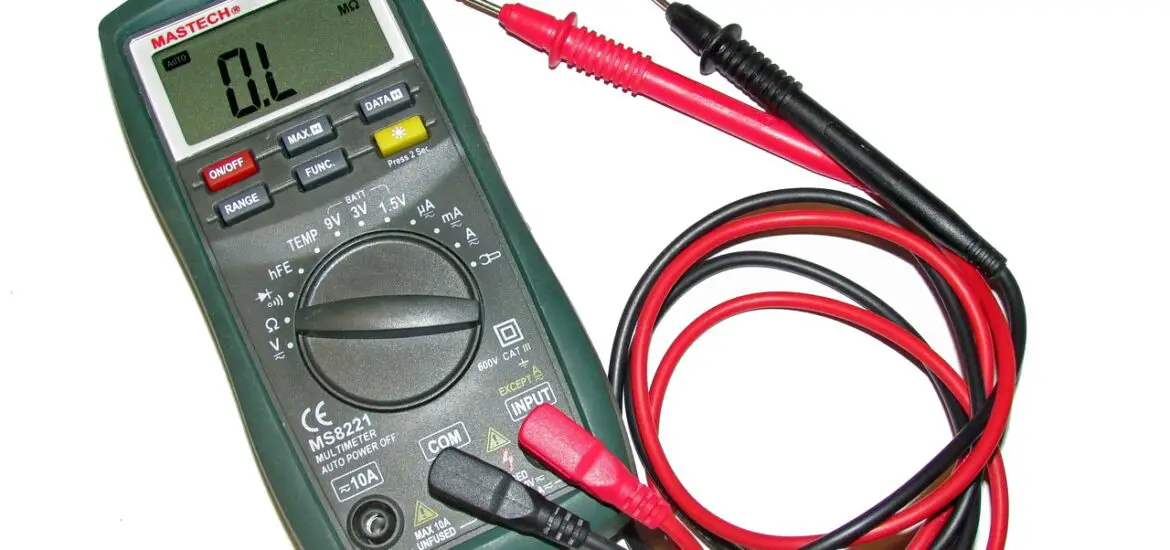So you’re trying to figure out how to test condenser fan motor? You’ve come to the right place. This guide will walk you through the steps to carry out this test.

Table of Contents
Tools Needed to Test a Condenser Fan Motor
Let’s get into the nitty-gritty of this task.
List of Required Tools
To do this job, you’ll need a few tools: a screwdriver, a multimeter, and protective gloves. These aren’t just for show, folks—they’re necessary for the job. So grab your toolbox, and let’s get to work.
Safety Precautions When Handling Tools
Now, remember, safety first. Always disconnect the power before working with electrical components. And, don’t forget your protective gloves when handling the tools, okay?
Step-by-Step Guide on How to Test Condenser Fan Motor
Ready for some action? We’re going to dive right in and break down this process step-by-step. It’s like a treasure hunt, but instead of treasure, we’re after a fully functioning fan motor.
Locating the Condenser Fan Motor
The first step in this process is finding the condenser fan motor. It’s usually located in the lower half of the unit. It’s not playing hide and seek, but you might have to look a bit.
Disconnecting the Motor
Once you’ve found the condenser fan motor, it’s time to disconnect it. But remember the golden rule: safety first! Make sure the power is off before you begin.
Using a Multimeter to Test the Motor
With the motor disconnected, grab your multimeter. You’ll use this handy tool to check the motor’s resistance. Kind of like a health check-up for your motor.
Interpreting the Multimeter Readings
Okay, now it’s time for the results. Interpreting the multimeter readings can be tricky. You can compare the readings you’re getting with the specifications of your appliance.
If you’re not getting any reading, that’s a red flag. Your motor might need a trip to the motor doctor—aka a professional technician.
Reconnecting the Motor
If everything checks out, you’re good to go! Remember to reconnect the motor carefully. And make sure to reconnect the power, so your system is up and running again.
Check out these other related articles…
What Does a Condenser Fan Motor Do in a Refrigerator?
How to Fix Condenser Fan Motor on Fridge: In Easy Steps
Condenser Fan Not Spinning: 6 Proven Solutions
Refrigerator Condenser Fan Starts and Stops: 4 Easy Fixes
Running AC Without Condenser Fan: Pitfalls & Precautions
Testing a Refrigerator Condenser Fan Motor
Testing a refrigerator condenser fan motor has its quirks. It’s like the cousin of the HVAC condenser fan motor – similar but with unique traits. But no worries, we’ll guide you through it.
Differences in a Refrigerator Condenser Fan Motor
Now, if you’re dealing with a refrigerator condenser fan motor, things are a bit different. Instead of being in the lower half of the unit, the motor is usually located near the back. So, a little bit of flexibility may be required.
Steps to Test a Refrigerator Condenser Fan Motor
The steps to test a refrigerator condenser fan motor are pretty much the same as for an HVAC system. The key difference is the location of the motor. But hey, you’re a pro now. You’ve got this!
What to Do if Your Condenser Fan Motor Fails the Test
So, the test didn’t go as planned? That’s okay, it happens to the best of us. Let’s go through your options and figure out how to get that fan motor back up and running.
Troubleshooting a Failing Condenser Fan Motor
Alright, your condenser fan motor didn’t pass the test. So what’s next? Don’t sweat it, we’re gonna do a little bit of detective work.
First, we need to figure out if it’s a wiring issue. Check if all connections are secure and the wires are in good condition. A loose or frayed wire could be your culprit.
If the wiring looks good, the next suspect is the motor itself. Maybe it’s worn out, or it could be a defective unit. Try manually spinning the fan. If it’s stiff or doesn’t spin freely, it might be time to replace the motor.
Sometimes, the problem could be as simple as a buildup of dirt or grime. If that’s the case, a thorough cleaning could bring your motor back to life.
Remember, the key here is to be patient and methodical. Troubleshooting takes time, but it’s worth it.
When to Seek Professional Help
If you’re still having issues, it might be time to call in the pros. They have the experience and the know-how to diagnose and fix your condenser fan motor. Remember, there’s no shame in asking for help.